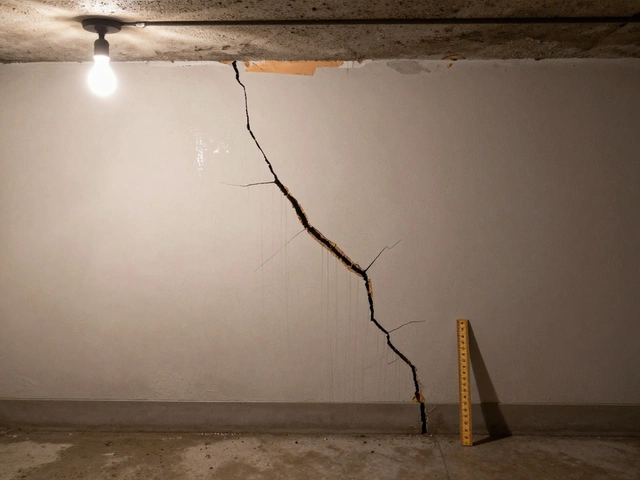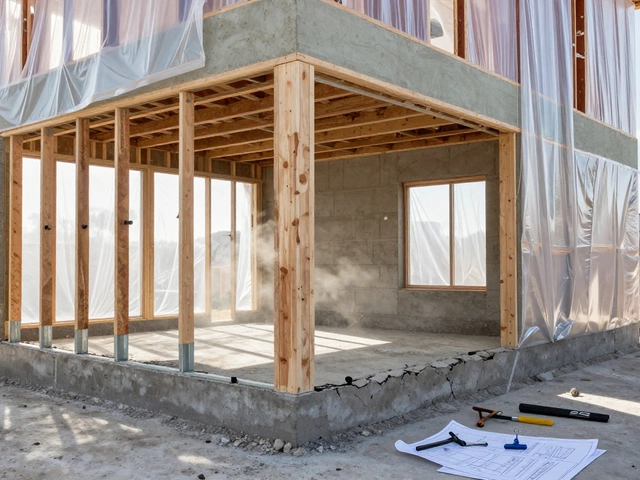Affordable Construction: Save Money Without Cutting Corners
When talking about Affordable Construction, the practice of delivering quality building work while keeping costs under control. Also known as budget‑friendly construction, it blends smart planning, efficient labour, and cost‑effective materials to meet tight budgets without sacrificing durability.
One major player in this space is the builder, a skilled professional or firm that carries out the on‑site work, from framing to finishing. Builders bring hands‑on expertise, manage trades, and often suggest cheaper alternatives that still meet building standards. Another key entity is the construction company, an organization that handles larger scale projects, coordinates multiple subcontractors, and ensures legal compliance. Together, the builder and construction company form the backbone of any affordable construction effort, each contributing unique strengths that lower overall spend.
How These Entities Connect to Smart Home Renovation
Affordable construction requires careful budgeting, realistic timelines, and clear communication between client and contractor. A typical home renovation project starts with a cost‑analysis, where the builder evaluates existing structures and suggests the most economical upgrades. The construction company then maps out procurement, ensuring bulk‑buy discounts on materials like drywall, flooring, or energy‑efficient windows. This coordination creates a semantic triple: Affordable construction encompasses smart renovation; smart renovation requires a builder; a builder works with a construction company. By aligning these steps, homeowners can avoid hidden expenses and keep the project within a realistic budget.
Another related concept is material selection. Choosing locally sourced timber, recycled metal, or prefabricated components can cut shipping costs and reduce waste. Builders often have preferred suppliers that offer trade discounts, while construction companies may leverage volume purchasing agreements. The result is a two‑fold price reduction: lower material costs and faster installation times because prefabricated parts fit together more easily. This relationship—material selection influences affordable construction—keeps the project moving smoothly and prevents costly overruns.
Finally, maintenance planning rounds out the affordable construction cycle. After a build is complete, the builder can provide a maintenance schedule that highlights routine checks on roof integrity, sealing, and insulation performance. The construction company may offer warranty services that cover structural issues for a set period, giving homeowners peace of mind. By embedding maintenance into the original contract, the total lifecycle cost drops, reinforcing the original goal of affordability.
Below you’ll find a curated set of articles that dive deeper into each of these areas—from distinguishing a builder from a construction company, to DIY furniture upgrades that complement a budget remodel, and clever storage hacks that make small spaces feel larger. Whether you’re planning a full‑scale build or a single‑room refresh, the insights here will help you stay on budget while achieving a high‑quality result.
Cheapest Building Methods: Affordable Solutions for New Builds
Exploring cost-effective building methods is crucial for anyone looking to construct a new home on a budget. From using sustainable materials to opting for innovative construction techniques, there are various strategies to minimize costs. These methods often offer not just economic benefits, but can also lead to energy efficiency and reduced environmental impact. The choices you make early on could significantly influence your final expenditure and the longevity of your home.
full article




